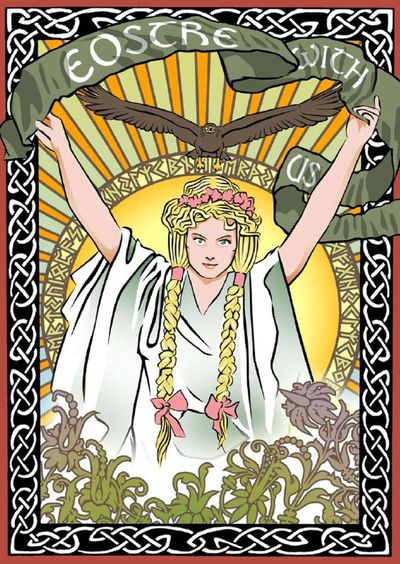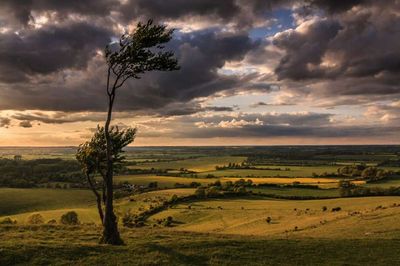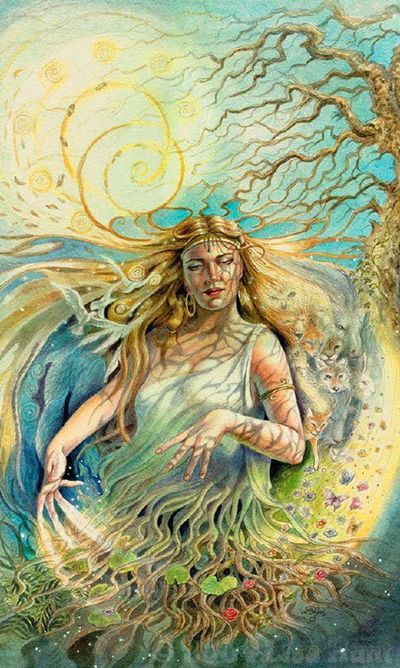H
Æhtemen
English Germanic-Heathen 🏴
TGlist рейтинг
0
0
ТипЖабык
Текшерүү
ТекшерилбегенИшенимдүүлүк
ИшенимсизОрду
ТилиБашка
Канал түзүлгөн датаБер 19, 2021
TGlistке кошулган дата
Трав 23, 2024Рекорддор
20.03.202523:59
3.1KКатталгандар30.11.202423:59
300Цитация индекси06.09.202413:09
1.9K1 посттун көрүүлөрү21.10.202423:59
5061 жарнама посттун көрүүлөрү30.12.202423:59
5.65%ER04.09.202416:54
65.30%ERRӨнүгүү
Катталуучулар
Citation индекси
Бир посттун көрүүсү
Жарнамалык посттун көрүүсү
ER
ERR
Көбүрөөк функцияларды ачуу үчүн кириңиз.
































